Men (and women) in sheds, building cars are, surely, an essential part of Britain’s automotive culture, keeping alive the country’s passion for fixing and fabricating.
Tucked away in the shed at the back of the garden, in the garage or in a workshop hidden on a farm, they keep a low profile until the wraps come off and out through the doors passes an eye-popping creation, the like of which no one but the dog has seen before. There are thousands of these enthusiasts across the land, but we could only spare a day to meet three of them. For our purposes, they weren’t your usual weekend tinkerers; rather, small businesses doing quite remarkable things. Even more remarkably, all three (plus a fourth we spoke to by phone) are based in, or very near to, Worcestershire.
What is it about the region that it should attract so many small, specialist car makers? Being on the edge of the Midlands, the home of UK engineering, must help. Then there’s the venerable Shelsley Walsh hillclimb, long a competitive test ground for generations of motor engineers, and the Morgan Motor Company, a beacon for specialist car builders.
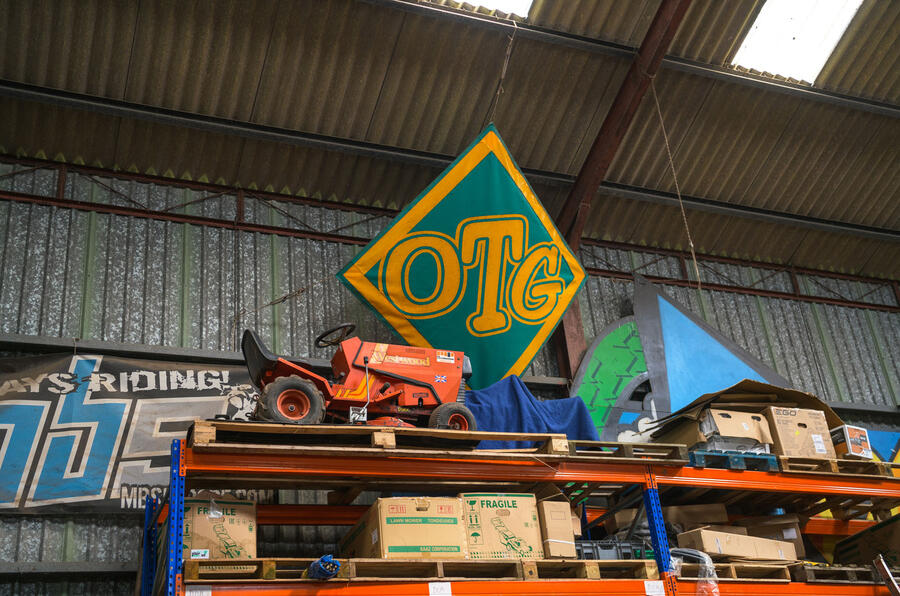
Add the county’s hundreds of farms with workshop space to spare and miles of quiet roads on which creations can be put through their paces, and Worcestershire would seem to be the perfect location for one man (or woman) and his (or her) shed. Let’s meet some of them…
Joe Mason
Tempest of England
Joe Mason’s workshop is a car builder’s dream shed, far from prying eyes in the corner of a farmyard in the wilds of Worcestershire. Outside there’s ample space for his collection of around 100 vehicles, most of them Reliant cars in various stages of decay, plus a few trucks and fairground vehicles and a sprinkling of the Fox and Kitten-based four-wheel, two-seat Tempest Tourers he builds, restores and maintains. A large Reliant sign that used to hang at the maker’s Tamworth factory takes pride of place above the door.
Dressed in oily overalls, he comes down his shed’s concrete ramp to bring me up to speed with his firm, which he started in 2002 with the purchase of his first Reliant Robin.
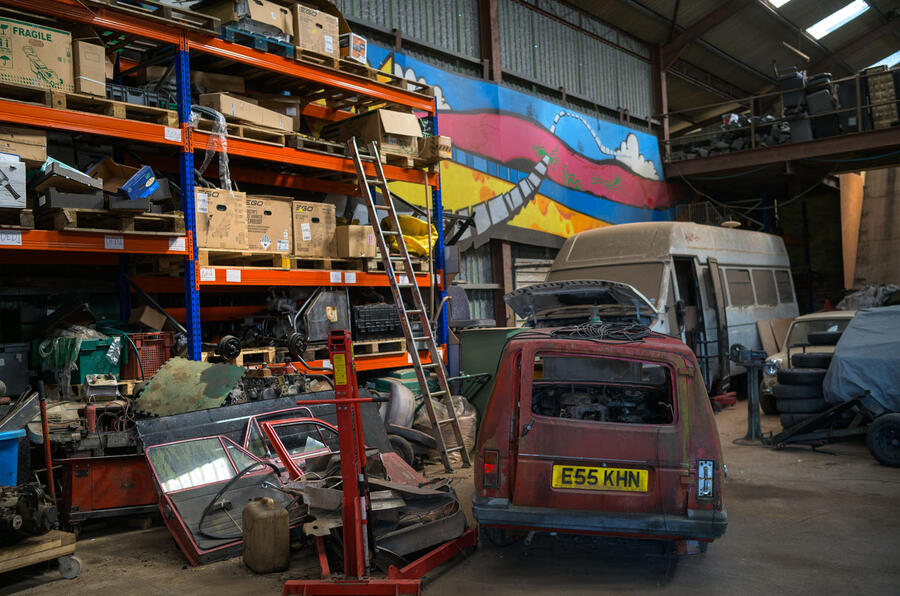
“I’d never owned or even driven a Robin, but as a biker I could see its potential as a trike,” says Joe. “I stripped it down, keeping parts for the trike and selling what I didn’t need. To my amazement, those unwanted parts sold in a flash, so I rang around the trade for more Reliants to strip down and sell.”
Reliants have since become harder to find, but even so Joe continues to satisfy his customers’ appetite, be they bikers in search of spares for their trike, youngsters modifying a three-wheeler, businesses prepping a Regal Trotter or enthusiasts restoring a Bond Bug.
By this point we’re in Joe’s shed. I’m overwhelmed. Thousands of tools for every conceivable job spill from chests, racks and cabinets. Neat rows of Reliant axles, engines and other major mechanicals that he collects and refurbishes sit ready for despatch. A six-cylinder Honda CBX motorcycle, circa 1980, mid-fettle and tankless, awaits attention. A pair of part-completed Tempest chassis and an array of body moulds occupy one corner, and in the middle of all this apparent chaos, three Tempest roadsters await sale or a service.
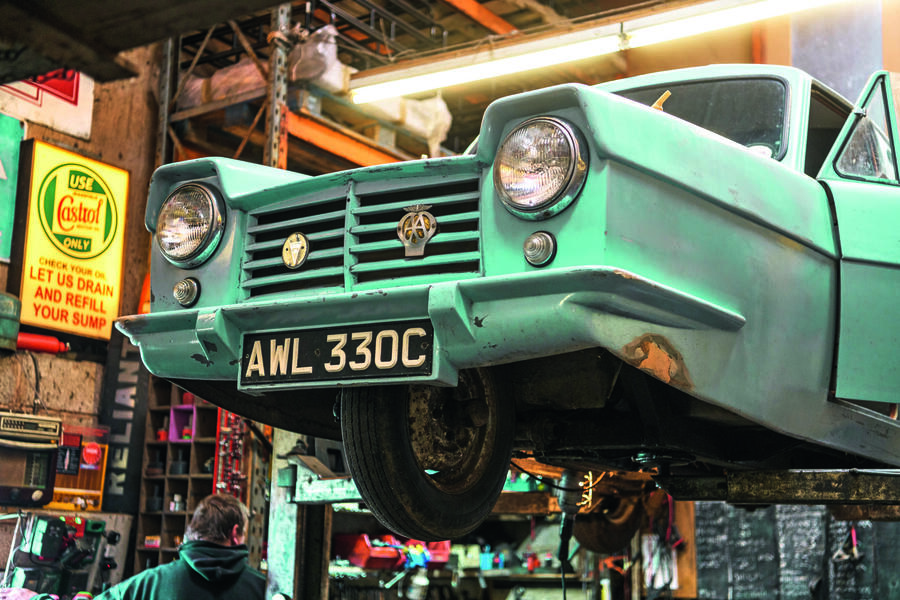
Enjoying my surprise, Joe leads the way up a narrow wooden staircase past more shelves bowing under the weight of tools and into a room dominated by a large wooden table sticky with ingrained oil and, bizarrely, a 1960s kitchen range.
“I love old stuff,” Mason says, beaming. “Someone was chucking out this wonderful old kitchen so I saved it and gave it a home.”
He offers me a beer but it’s only 9.30am, so we talk about the Tempest side of his business. Called the Tempest 850, the two-seater roadster was commissioned by Reliant in 1987 and designed by John Box, designer of the TVR 350i, and Ian Foster, creator of the Teal Bugatti lookalike. It shared many parts with the Reliant Kitten and Fox and had a tubular steel chassis on which was mounted a GRP body. Power was provided by Reliant’s trusty, all-alloy, 850cc four-cylinder engine producing 40bhp.
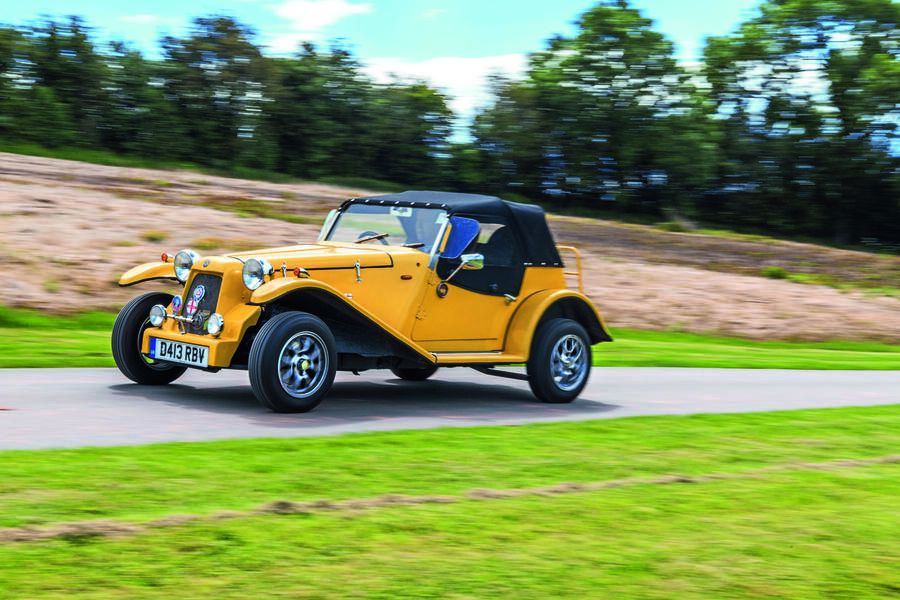
However, soon after the first car was built, Reliant decided to concentrate on its new SS1 sports car, leaving Box free to develop and build the Tempest. Cars were delivered 85% complete with the balance of parts included for the new owner to fit. Over the years ownership of the Tempest rights changed hands until, in 2011, Joe acquired them.
“I believe around 50 Tempests and the little van, the Vantique, that was spun from it, were made,” he says.
Joe has since modified the design to give more leg room and added front disc brakes and electronic ignition. If you can find one, original Tempests start at around £6500, but Joe can put you into a refurbished one from £8500. Or if you have a Reliant Fox or Kitten (a Fox is better for its lower gearing and galvanised chassis), he can sell you a kit from around £1500.
Excited by the possibility of owning such a cheap and unusual roadster, I take a Tempest for a quick spin. The 40bhp engine has little difficulty launching the 550kg roadster up the hill. The gearchange is a little vague but, if you don’t rush it, finds the ratios reliably enough. The rack and pinion steering is light and precise, and the car’s turning circle incredibly tight. It’s a hoot in the best Toad of Toad Hall fashion, which is what it’s all about.
Guy Gregory
Pembleton Motor Company
Twenty miles from Tempest of England, in the picturesque Worcestershire village of Bayton, is Pembleton Motor Company. Like all the best men-in-shed businesses, it’s almost impossible to find without spoken directions.
It’s the home of the Pembleton, a cycle car designed by former national hill climb champion Phil Gregory, who was inspired by pre-war cycle cars and vintage motorcycles. Whisper it, but to the uneducated it looks like a Morgan 3 Wheeler, right down to its front-mounted V-twin engine.
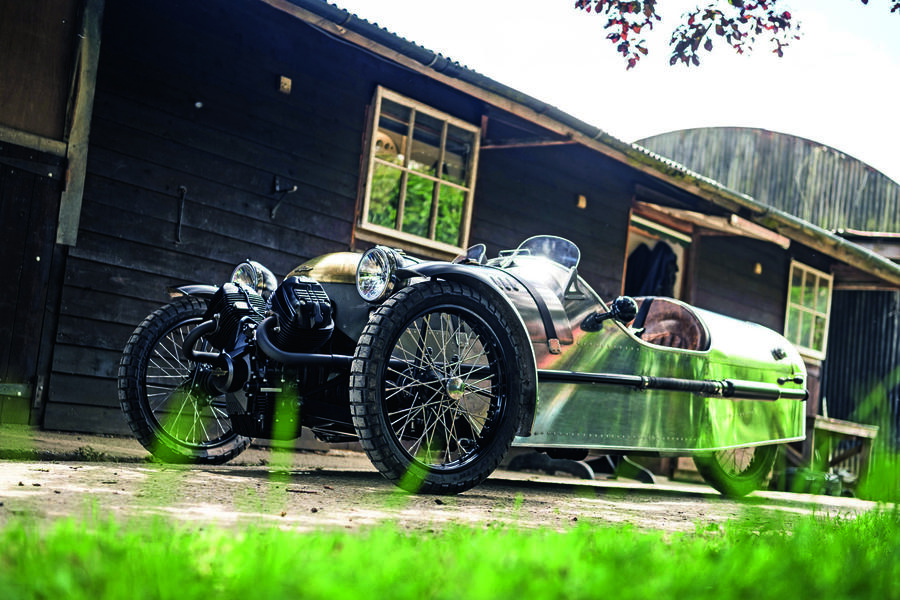
The first car was based around Citroën 2CV mechanicals and completed in 1999. Called the Pembleton Supersport, it was joined later by a four-wheeler called the Brooklands. Phil went on to sell almost 500 cars in kit form.
Four years ago his son Guy, then aged 20, joined the business. A new vision for the company formed in his mind, with the result that, 18 months ago, he hatched a plan to refresh the Pembleton’s design and build only complete cars. That suited Phil, who handed Guy the reins of the business to become the company’s specialist fabricator for a few days a week.
Unlike Joe Mason’s jungle of a shed, Guy’s stone-built affair is more modest and tidier but no less fascinating. Two well-ordered production rooms are dotted with strategically placed tool chests, lathes and work benches and dominated by a handful of part-built and completed Pembletons.
Guy introduces me to the crew. First up is Johnny, a qualified mechanical engineer tasked with turning Guy’s vision into technical reality. Then there’s Sam, an historic racing driver at weekends, who is responsible for the car’s exquisite technical detailing, including the beautifully constructed rear disc brake arrangement and perfectly machined rose joints on the gearchange linkage, and for adapting the car’s 750cc Moto Guzzi V-twin engine. He also assembles the Pembleton’s finely shaped and finished bodywork.
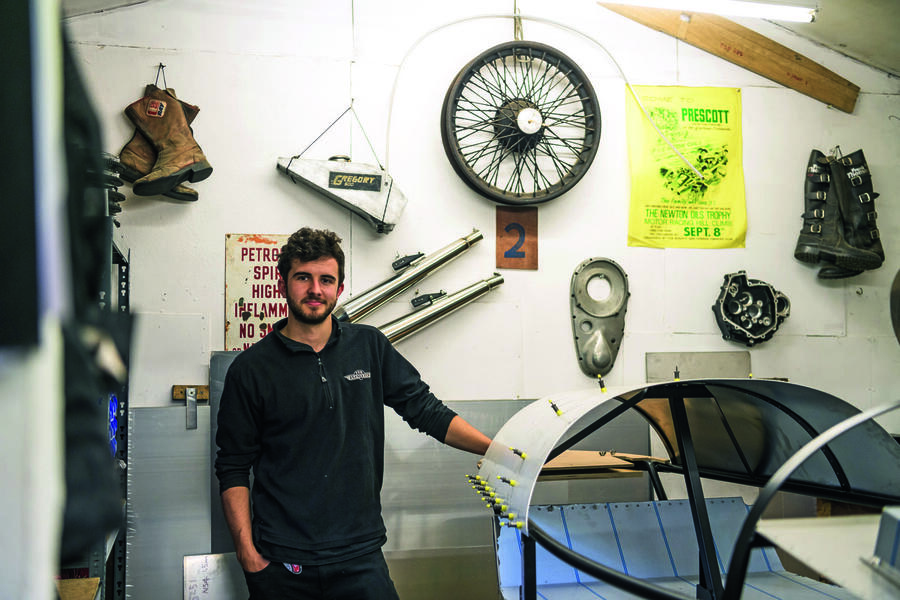
Last but not least is Guy, who looks after marketing, oversees the build schedule and, crucially, liaises with suppliers.
“Apart from the engine, most of our parts are locally sourced, and the remainder come from elsewhere in the UK,” he says.
There are always three Pembletons in production and each one takes six to eight weeks to build. It sounds like a logistical nightmare but Guy has it under control. “To avoid things grinding to a stop, we carry every part in stock,” he says.
The three cars presently in production are sold. On-the-road prices start at £26,394 and each car is tested for motorcycle single vehicle type approval. One of them, its bright red leather contrasting with the polished alloy and copper bodywork, catches my eye.
“It’s going to Marbella,” says Guy.
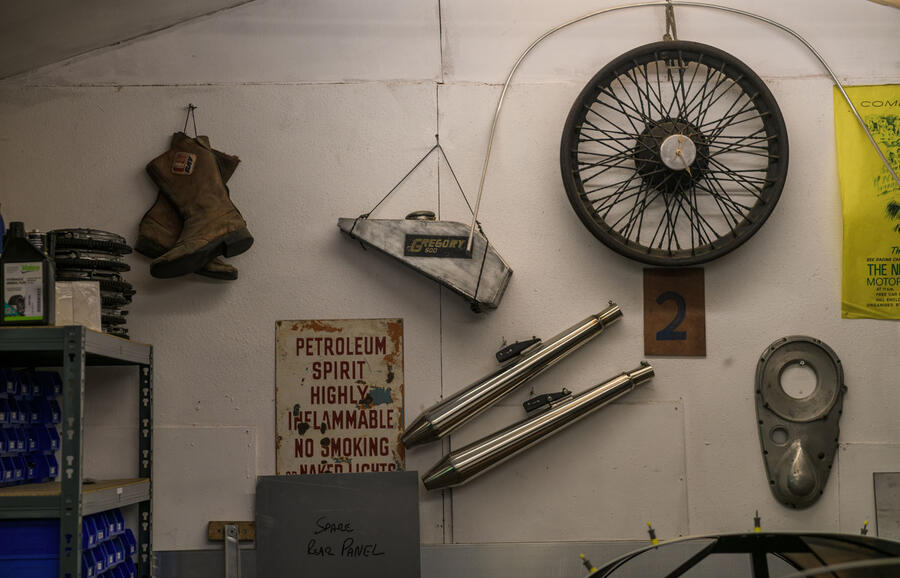
I can imagine it turning heads on the town’s Golden Mile, but now it’s time to turn a few heads in Bayton. I step over the side of the Pembleton demonstrator and drop down into the dark leather bench seat. A turn of the key, a stab of the starter button and the Guzzi V-twin springs into life with a rich bark from its exhausts.
The gearchange is a dash-mounted push-pull affair whose unfamiliar operation takes most of my attention. Fortunately the engine’s torque helps mask my poor selections. Steering is light and precise, springing soft and comfortable, but most surprising of all, the single rear wheel doesn’t feel remotely strange. I blat around for pictures, growing in confidence by the second. Days were made for drives like this.
Martin Jones and Jeremy Bulmer
We’re down on the farm again, but rather than occupying a large, sprawling barn, Raw’s premises is a purpose-built, single-unit affair with a huge sliding door, a sprinkling of four-post lifts and space for plenty of the cars it produces: mainly Caterham Seven-looking Strikers for racing, available as full builds or in component form. There’s also a solitary full-bodied Phoenix, but more of that later.
First, though, an admission. Raw is based in Canon Pyon – in Herefordshire, not Worcestershire. However, it’s not too far into that county and in any case, the day I turn up, a friend of Jeremy and Martin who works at Morgan has dropped in for a chat. So that’s okay, then.
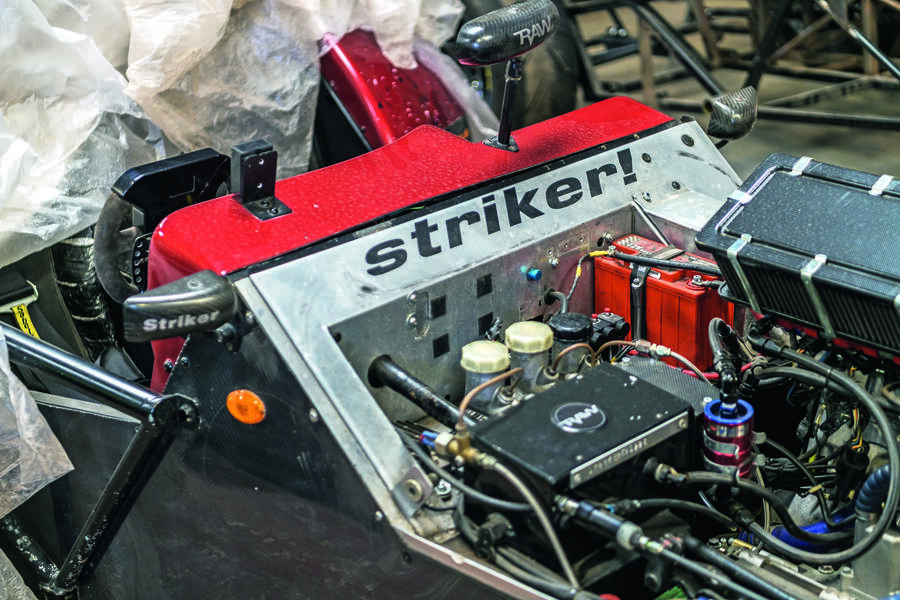
Jeremy is a member of the Bulmer cider-making family. He and his brother Callum bought Raw from its Hereford-based owner in 2010. The story goes that Jeremy had popped into the company to buy some parts for his Lotus Seven and ended up putting the rights to the Striker and, later, the Phoenix, into his shopping basket. The founding company was actually located in Lincolnshire and produced its first Striker in 1986. Today, there are around 1000 Strikers on road and track.
Together Jeremy and Martin produce around 10 models per year, while the rest of their time is spent prepping and maintaining customers’ cars. To free up space in the workshop they’ve outsourced chassis and body construction to local suppliers. This allows them to spend time tailoring ground-up builds and creating chassis and engine packages for customers.
“We’re surrounded by skilled metal fabricators and machinists,” says Martin. “Meanwhile, our engines and engine management systems come from Omex Technology, down the road in Cheltenham.”
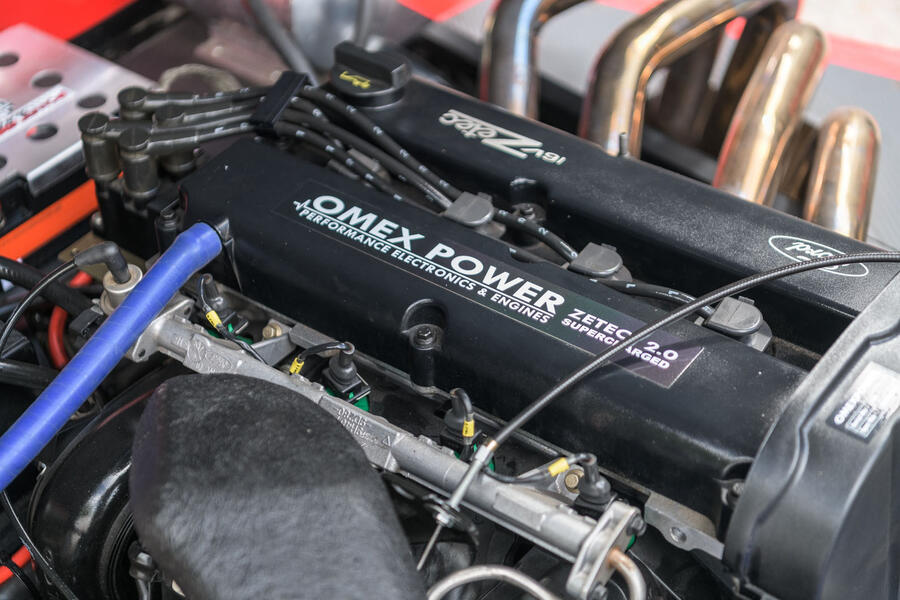
A typical Striker is powered by a 2.0-litre Ford Zetec engine and weighs 530kg. Fully built it retails for £21,244; a kit costs £17,494. Each requires single vehicle approval.
They look great but the car I have my eye on for a drive is the firm’s Striker-based Phoenix roadster, powered by a supercharged version of the Zetec engine which produces an appealing 320bhp.
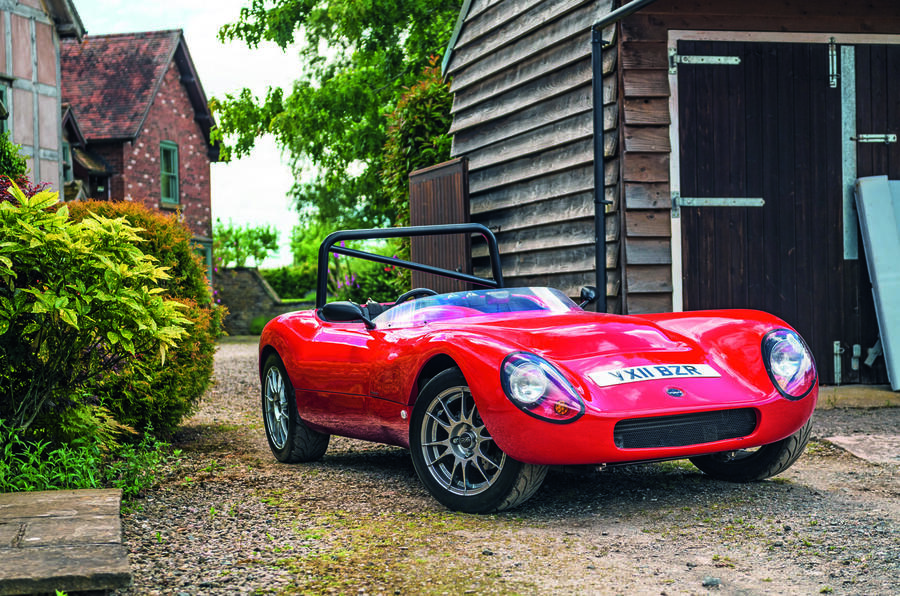
As with the Pembleton, I must step over the car’s side (having no doors avoids the issue of crafting millimetre-perfect shut lines) before dropping into the driver’s seat. Safety harness on, engine fired and the Phoenix burbles out of the farm and up the road.
It requires a hefty prod of the accelerator but once roused the Phoenix surges forward, rapidly devouring gears. The steering is ultra-fast and direct, but the suspension is unyielding. It’s for the track, not the road, but it’s a blast all the same and a fine example of what two men in a shed can produce.
Peter Davis
Liege Cars
Peter Davis, 72, says the idea for the Liege came to him in the 1980s. By 1997 he’d built the first car, mounted on a simple A-frame with a bonded GRP body, in Fladbury, Worcestershire.
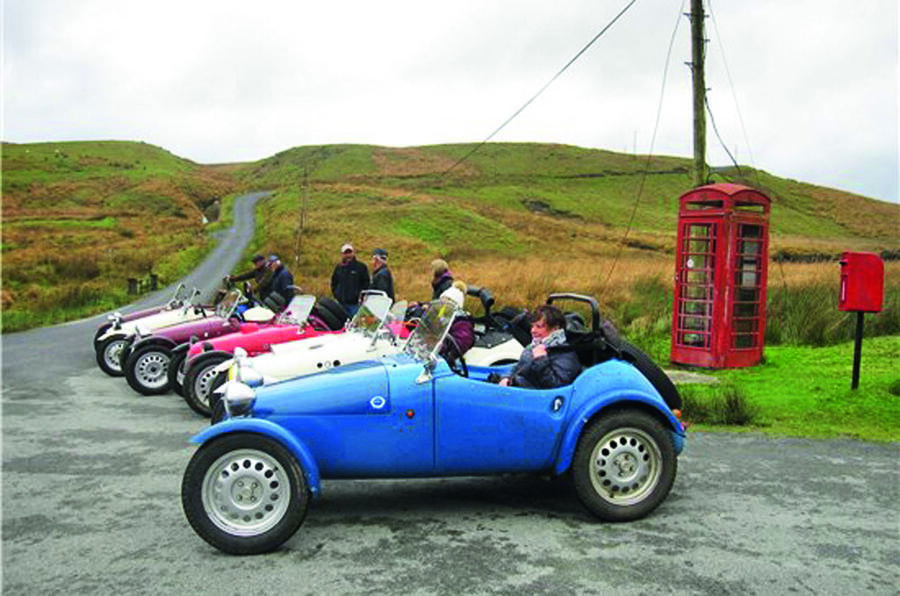
By the end of production 57 Lieges had been built, most of them powered by a Reliant 850cc engine. It was a popular rally car and today the owners’ club includes enthusiasts who have no Liege but who would dearly like one. Peter may be able to help…
“I still have the moulds and jigs, and three chassis,” he says. “A friend has just assembled a rolling chassis to which we’re about to fit a body.” Better form a queue…
Read more
The man behind motoring's newest weekend destination​
From the shed to the spotlight: Autocar meets Edd China
Plastic fantastic: the best fibreglass cars​

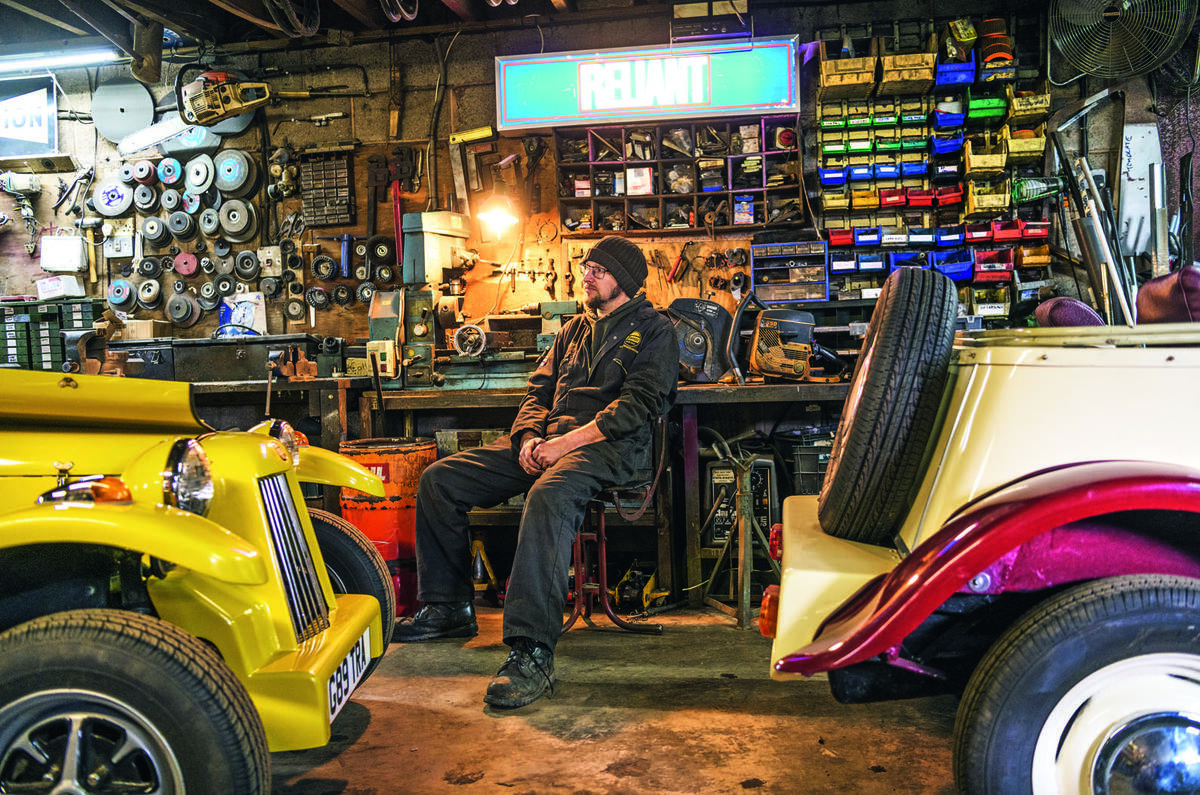
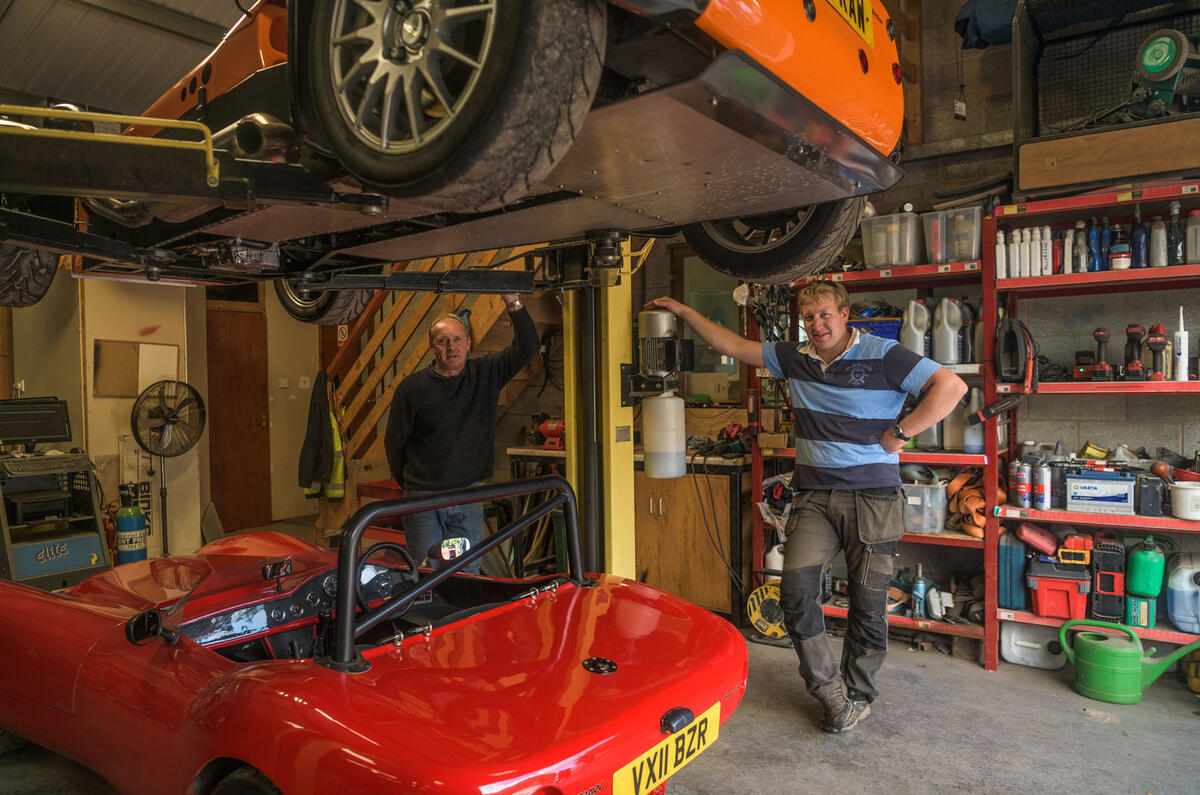
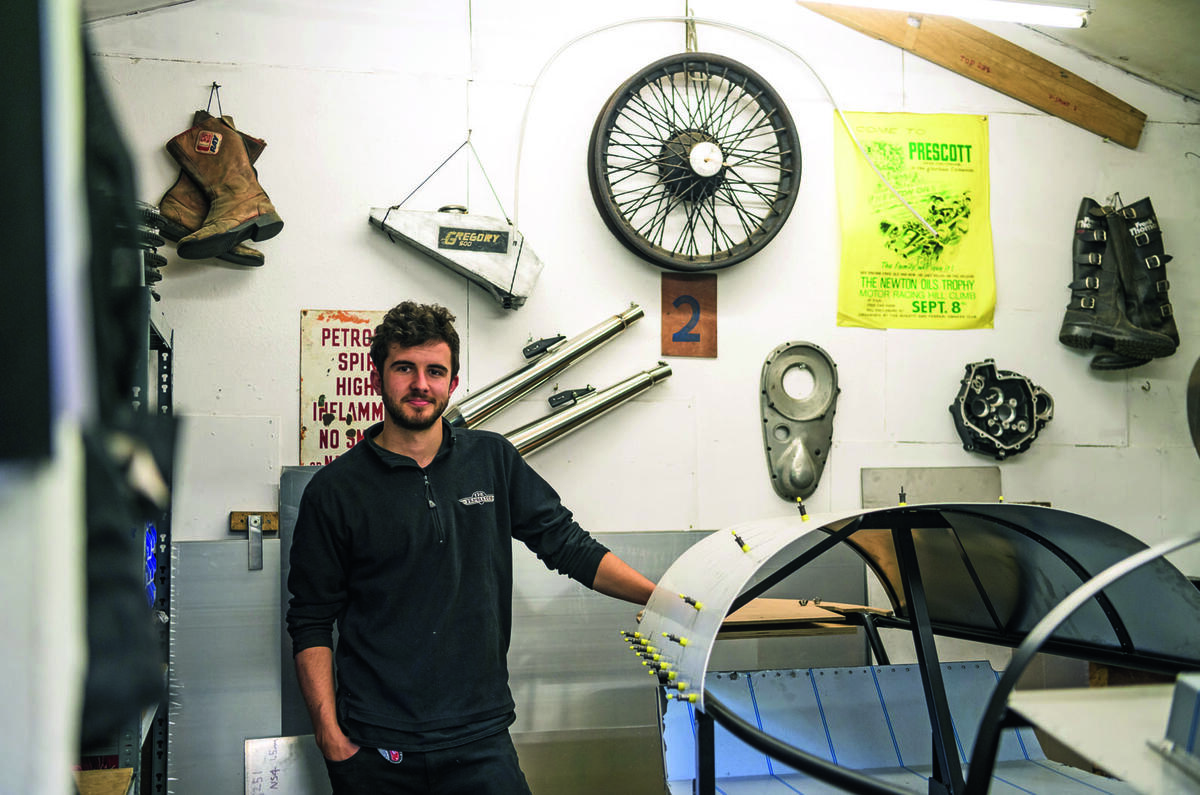
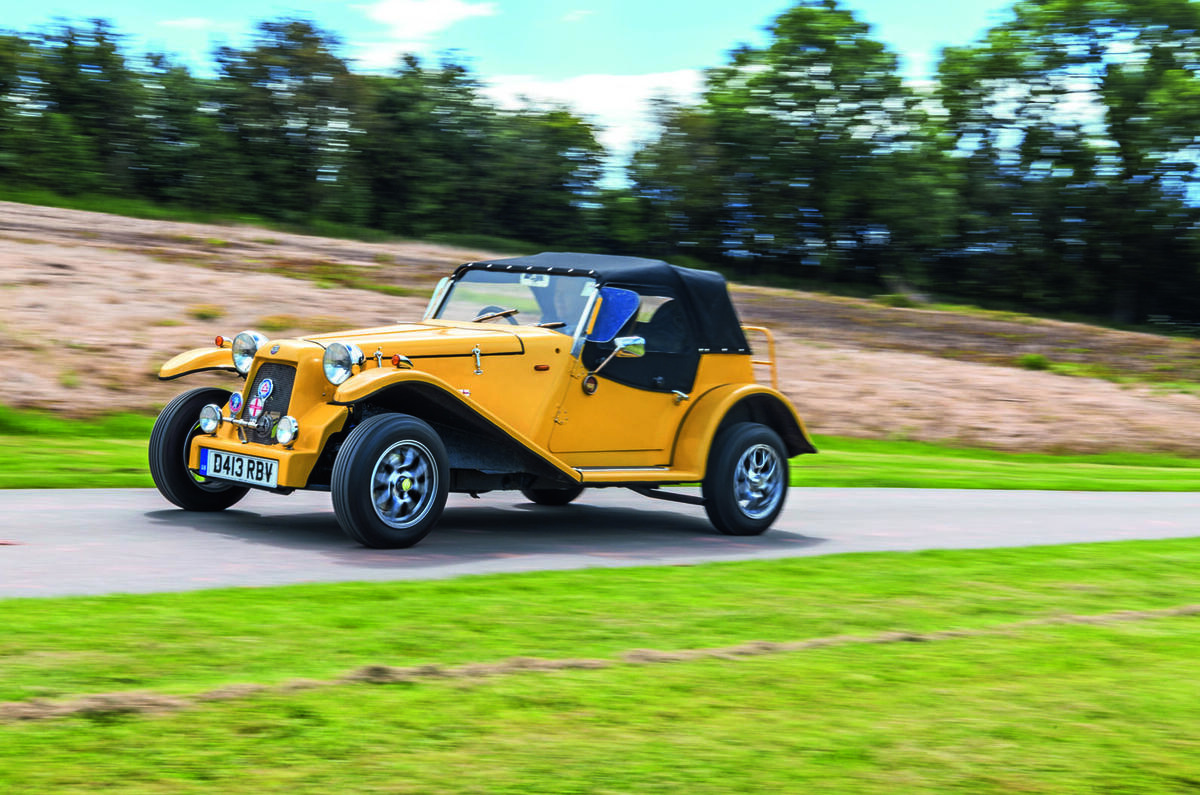
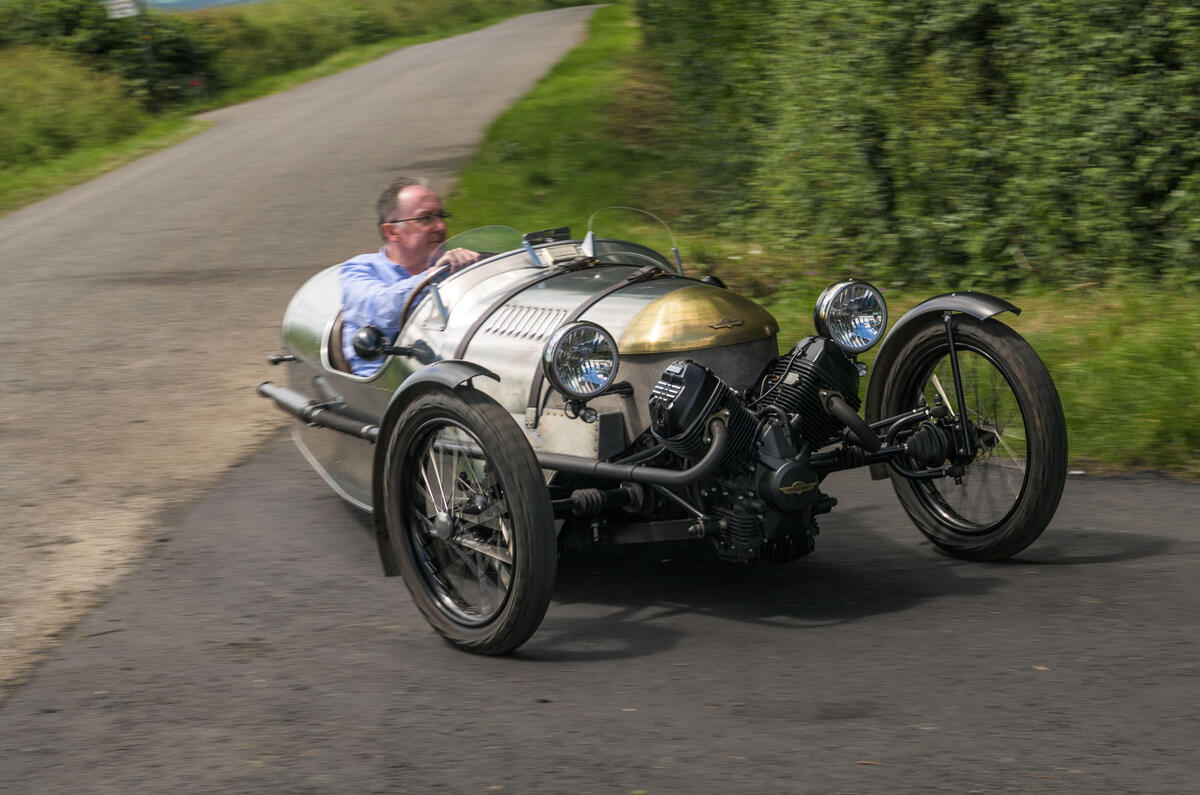
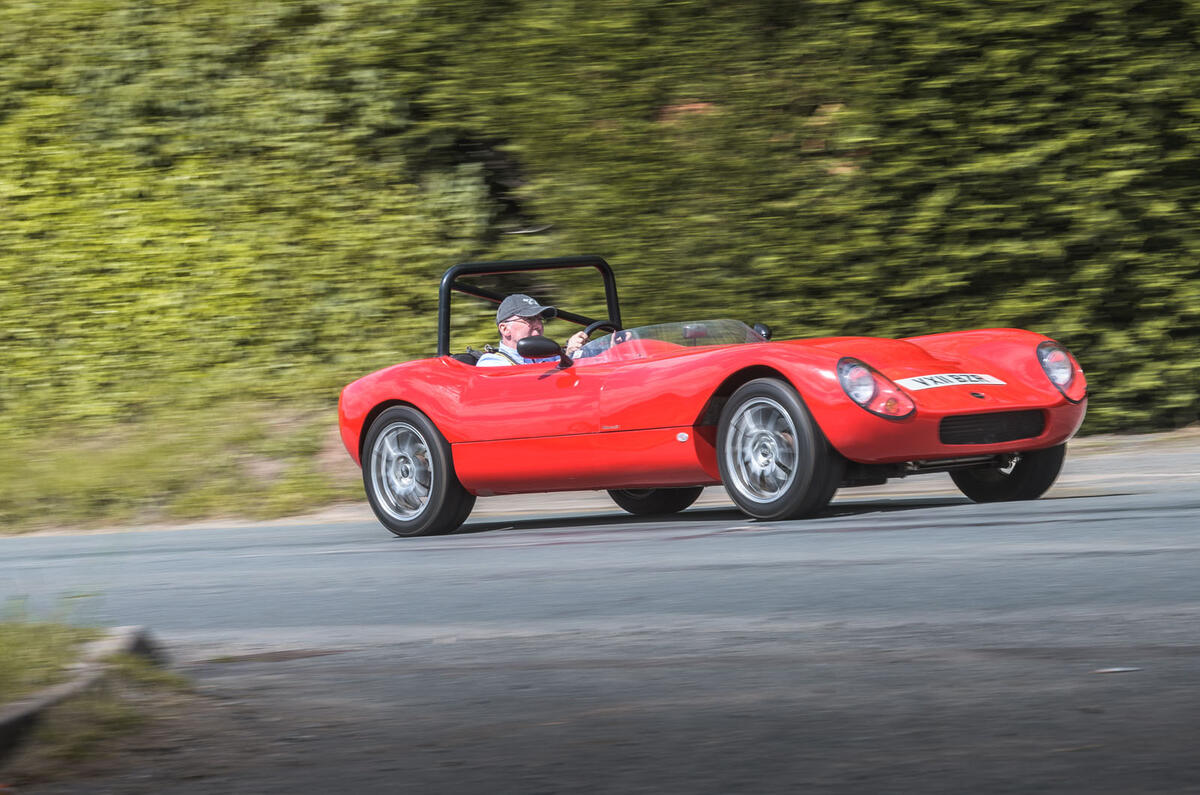
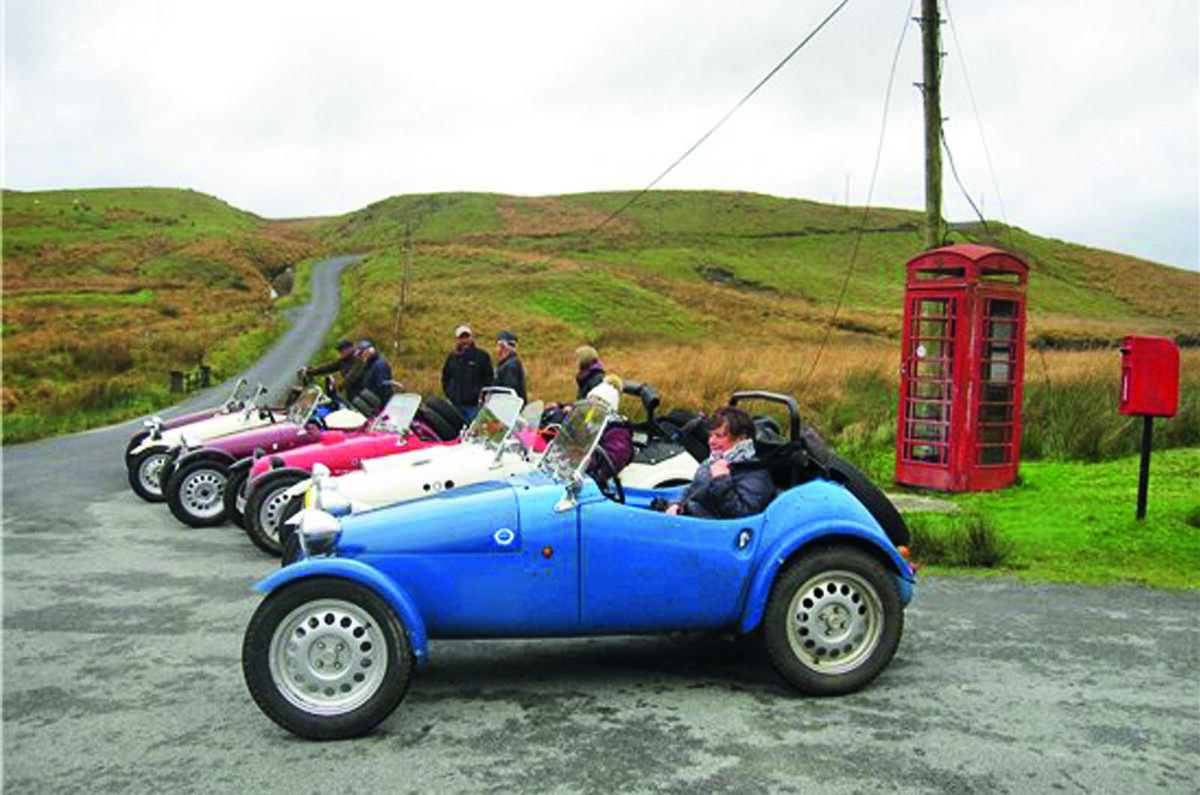
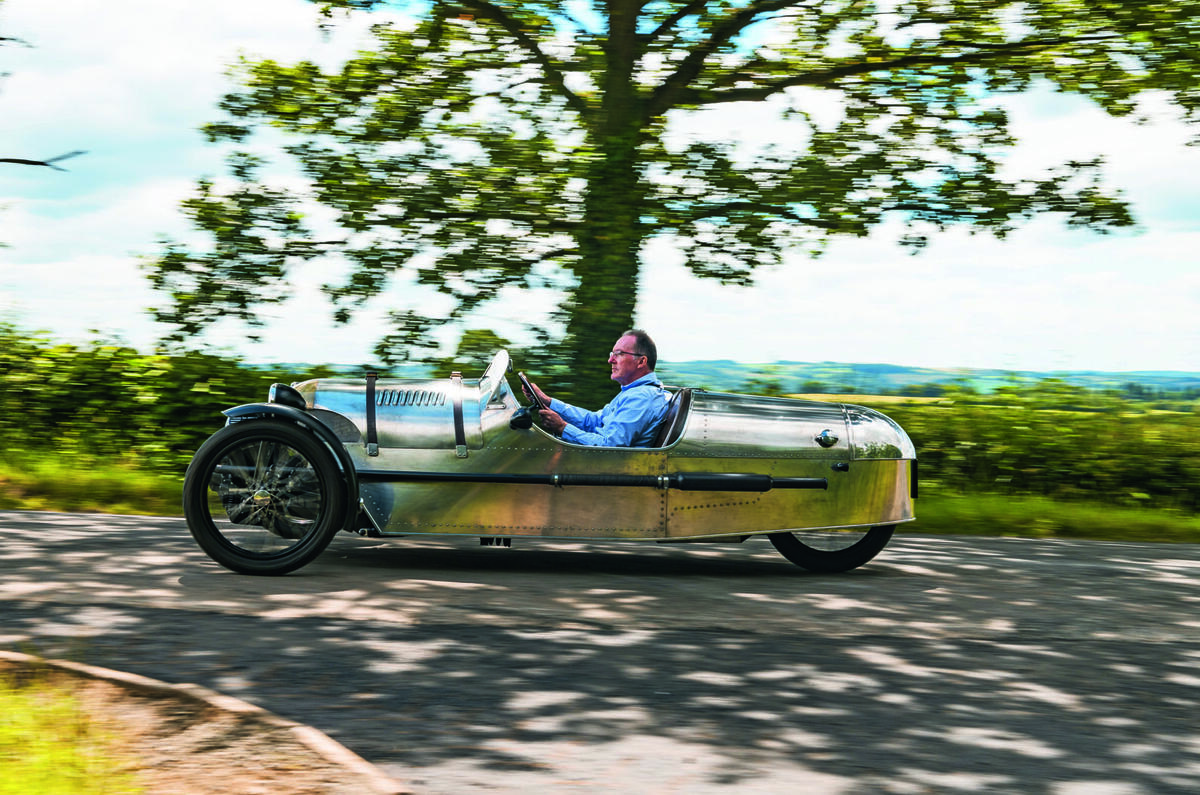
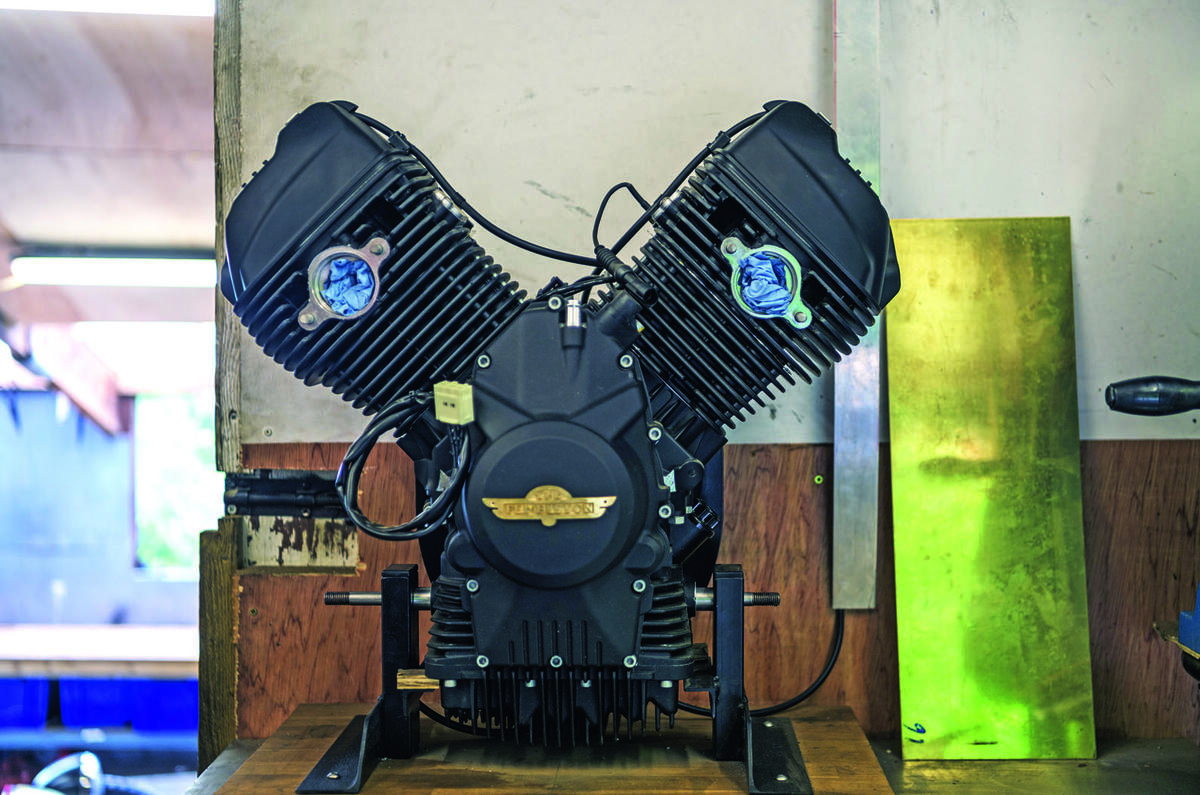
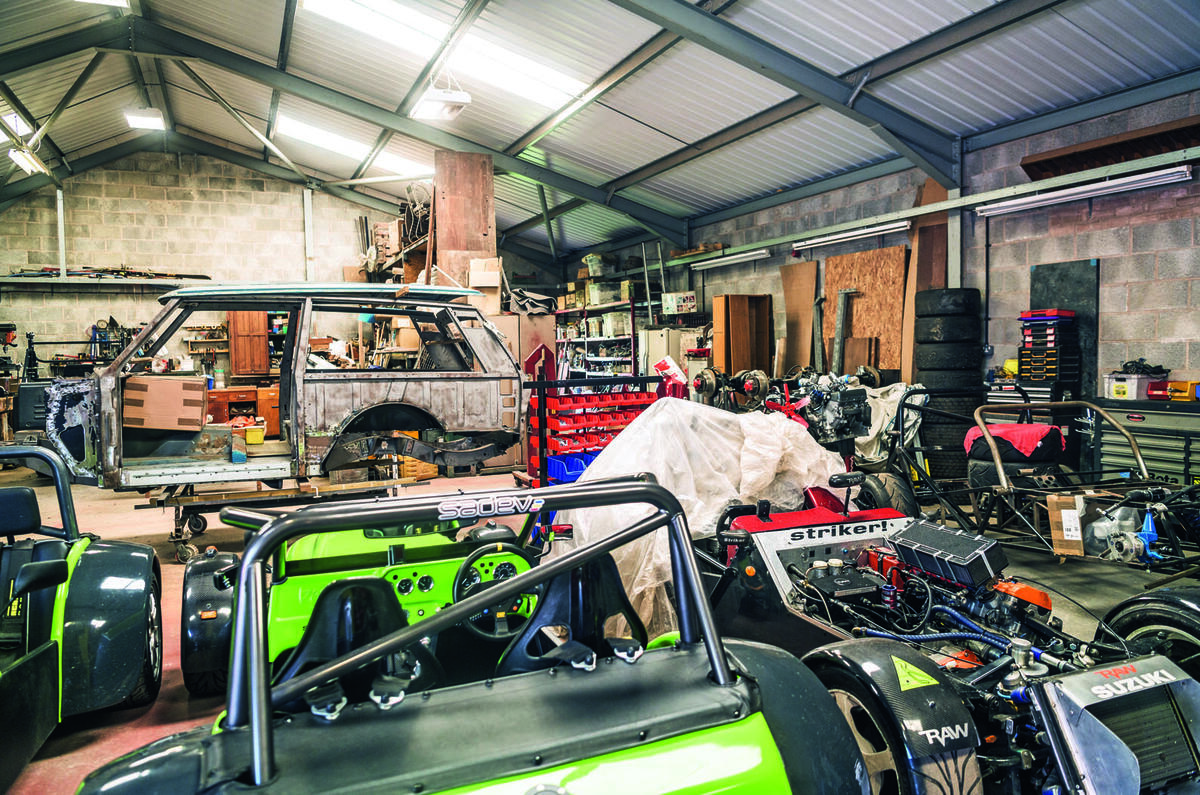
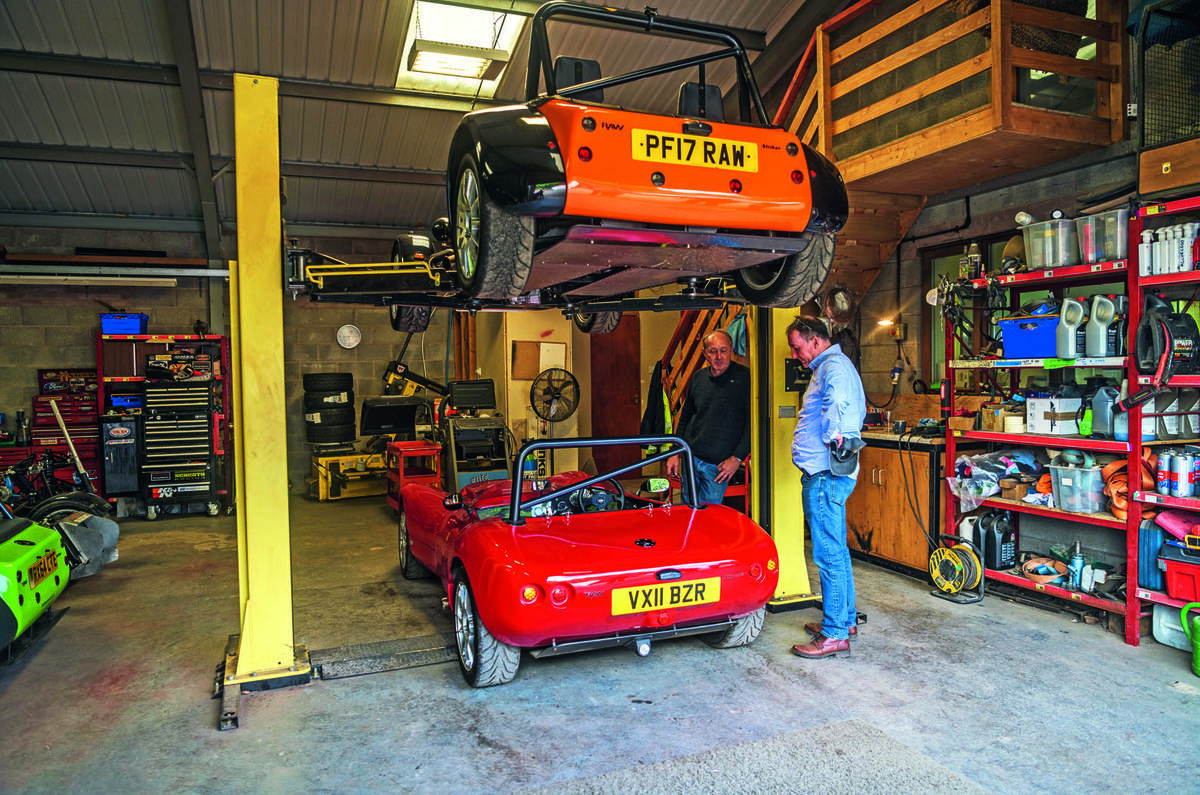
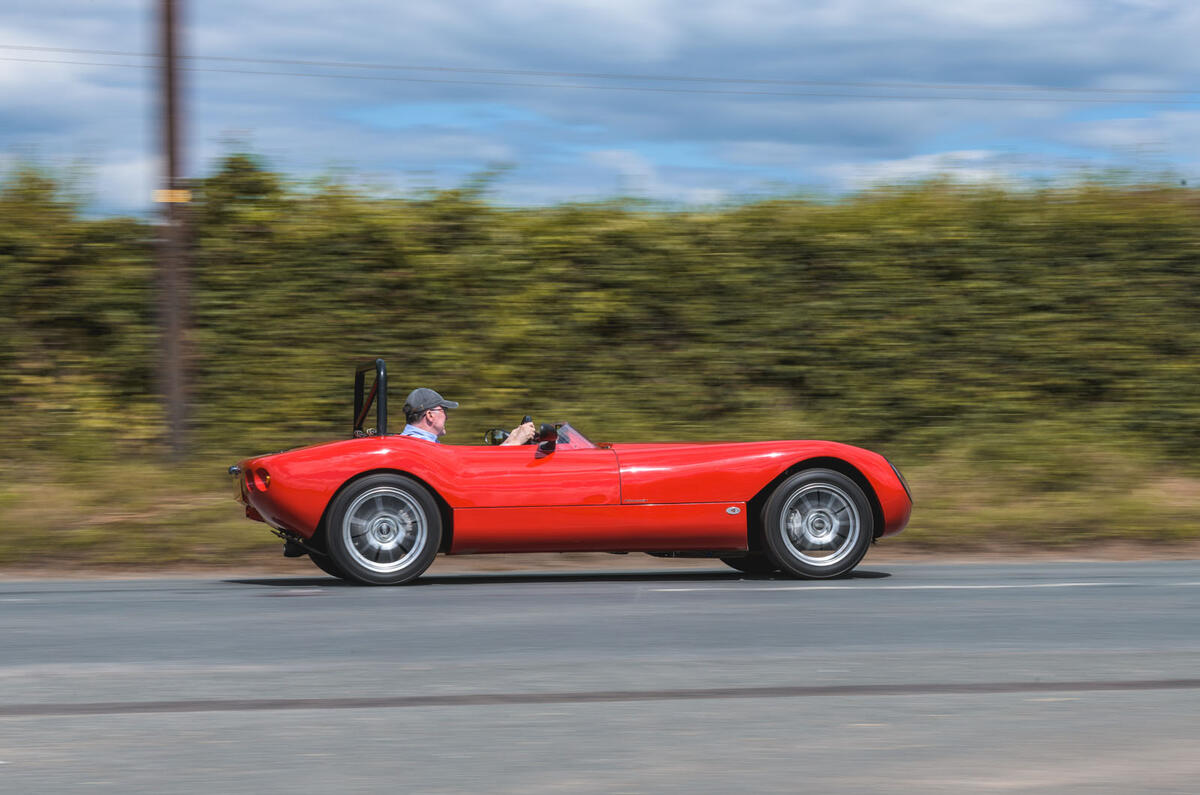
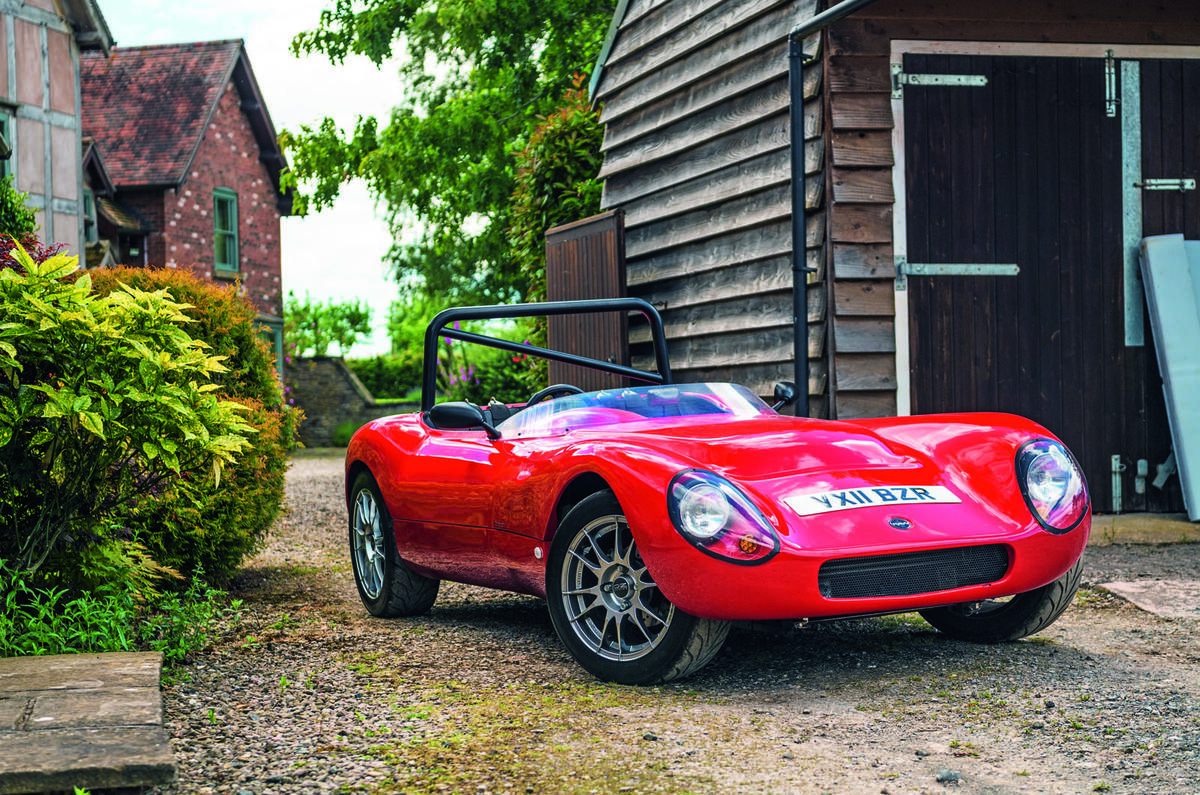
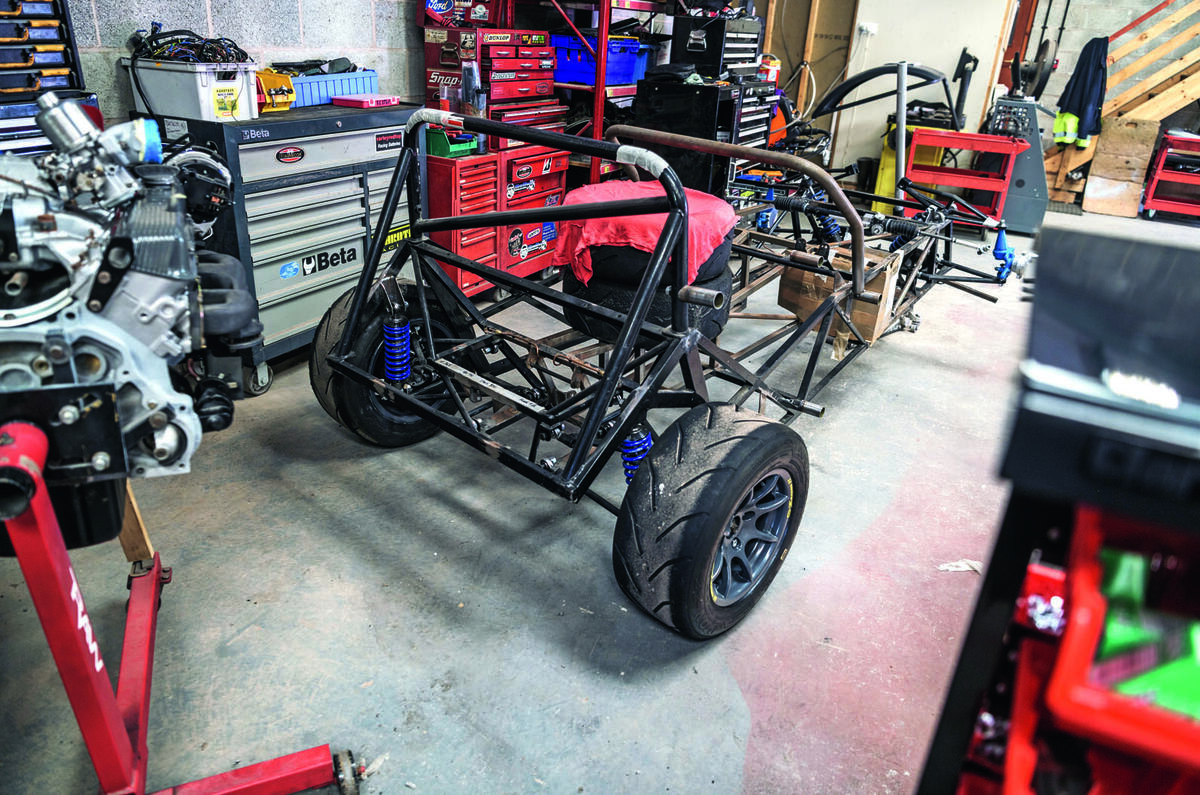
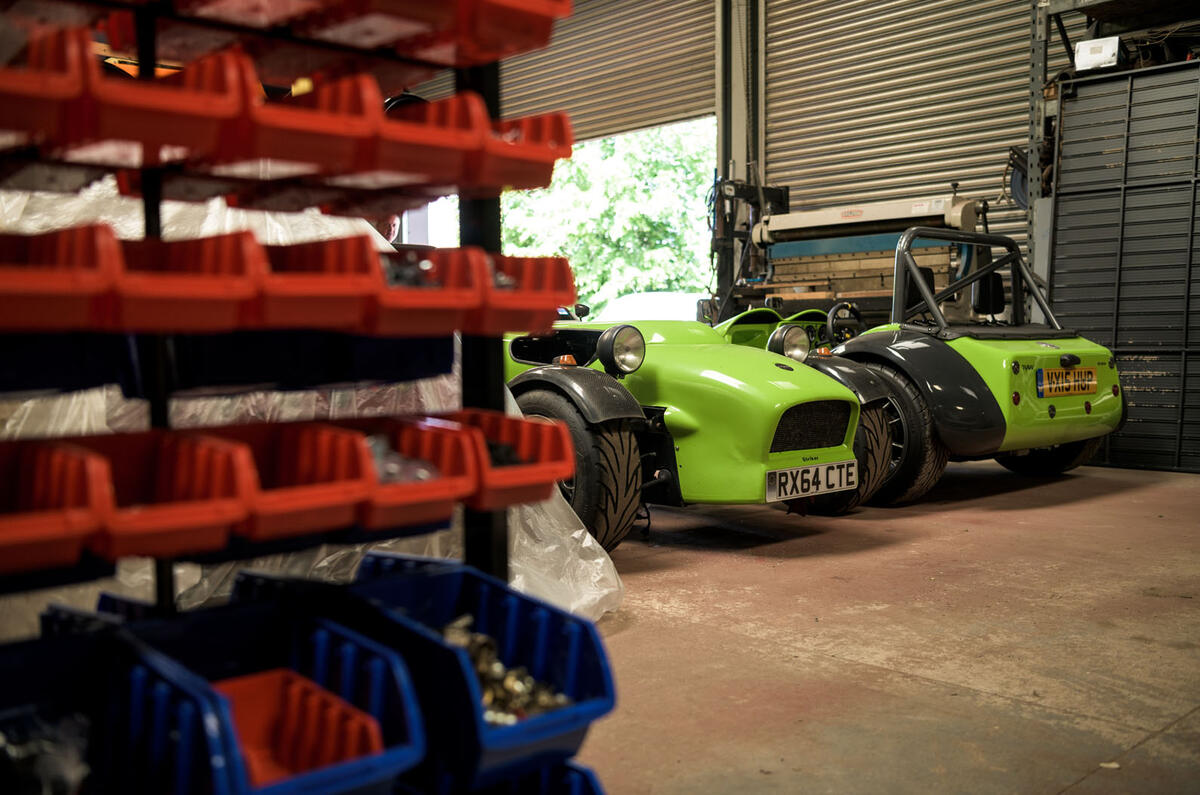
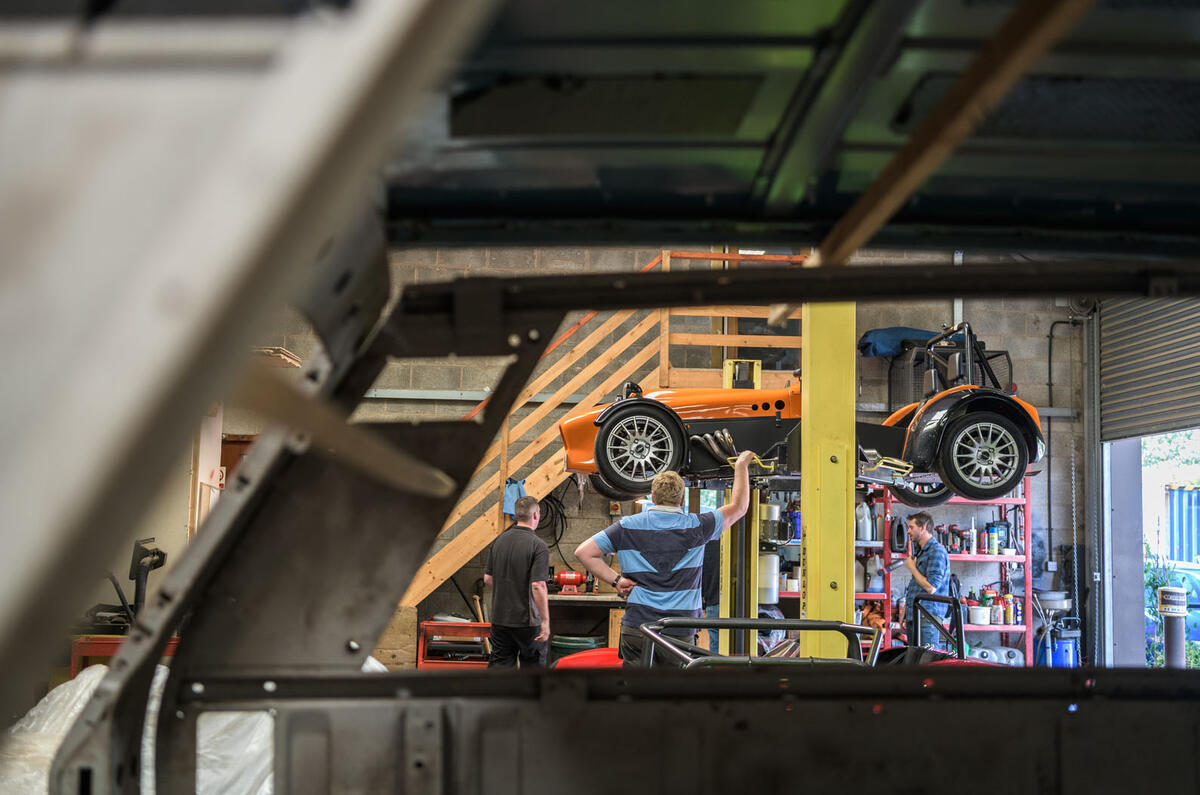
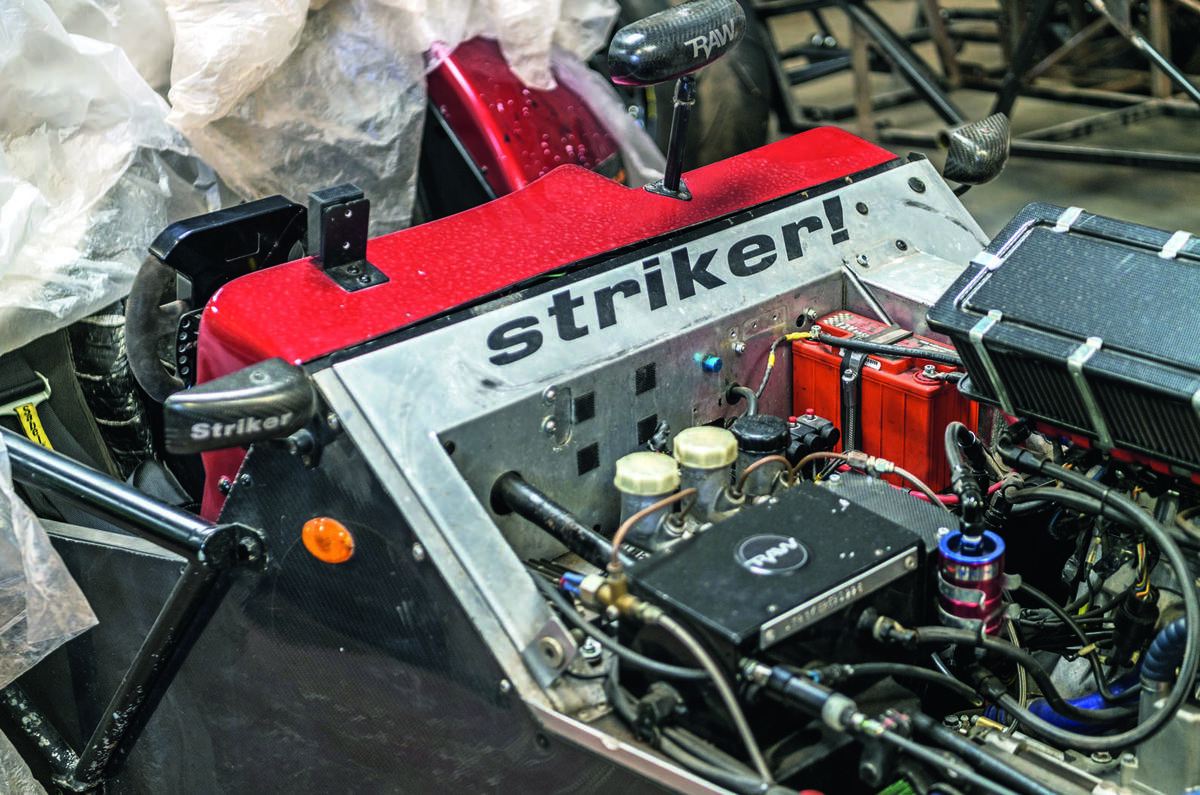
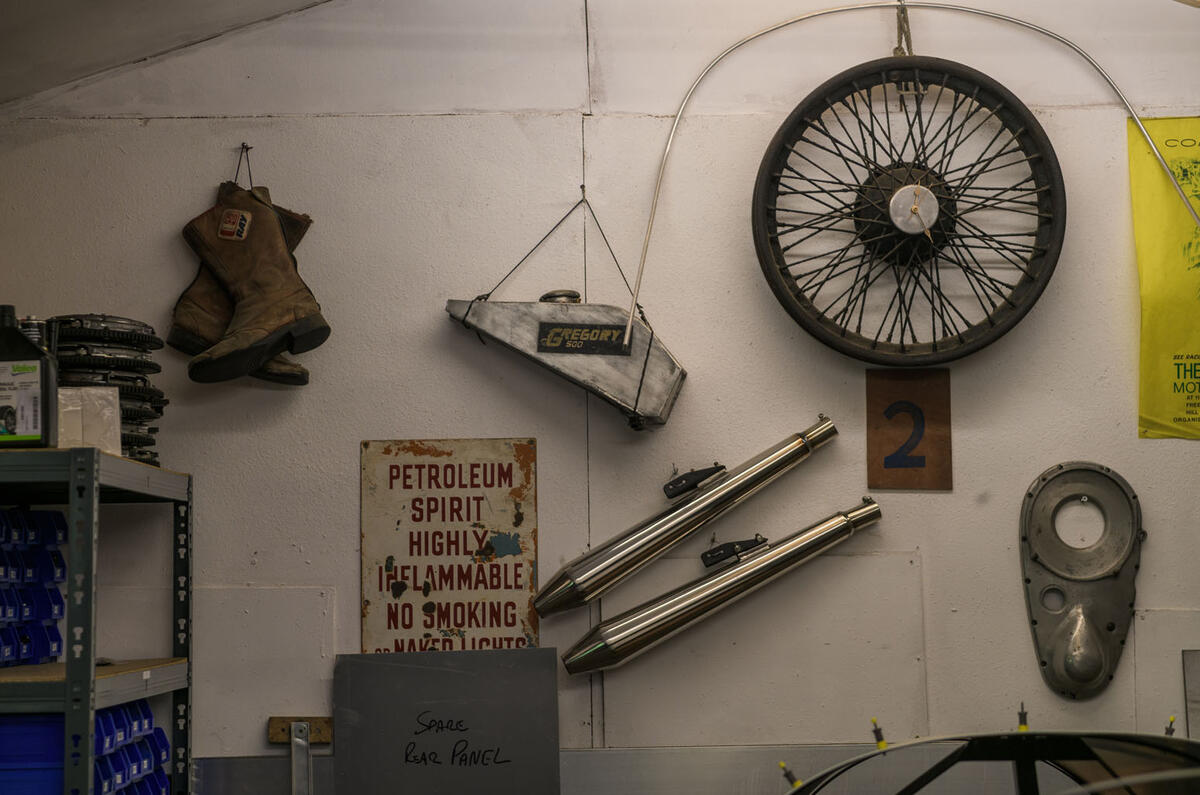

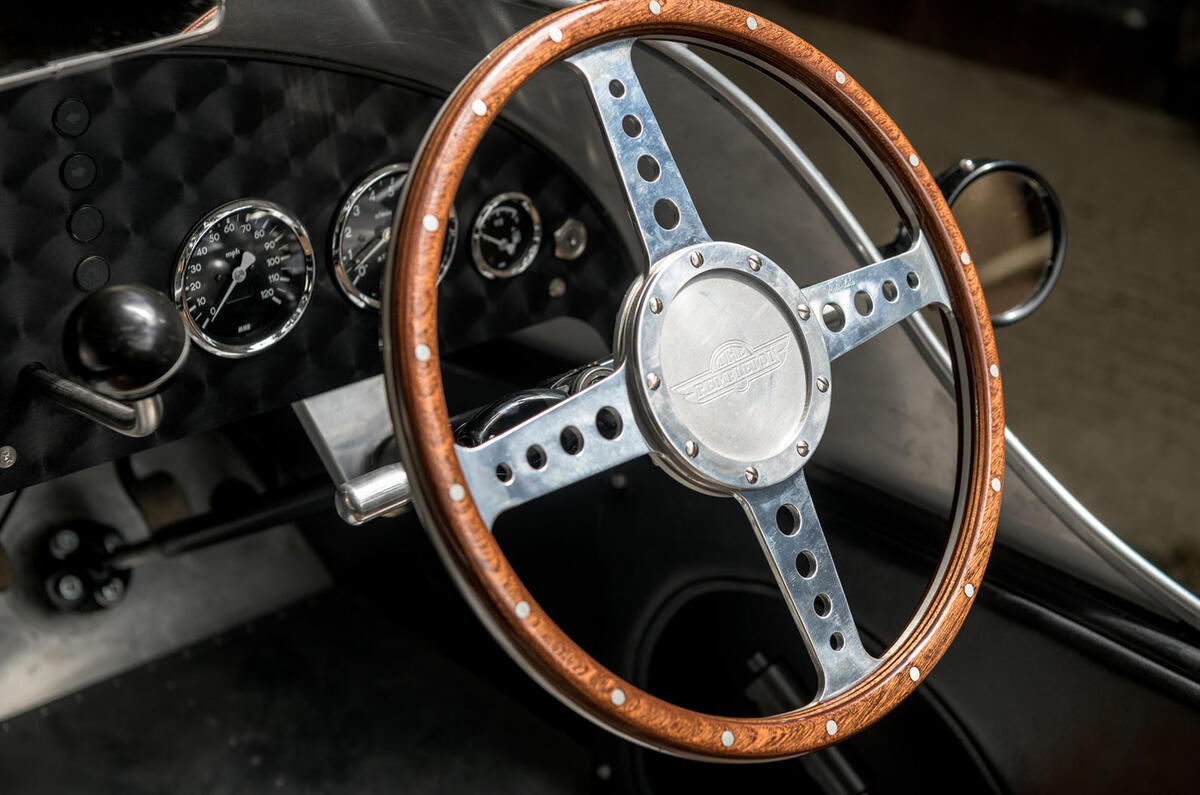
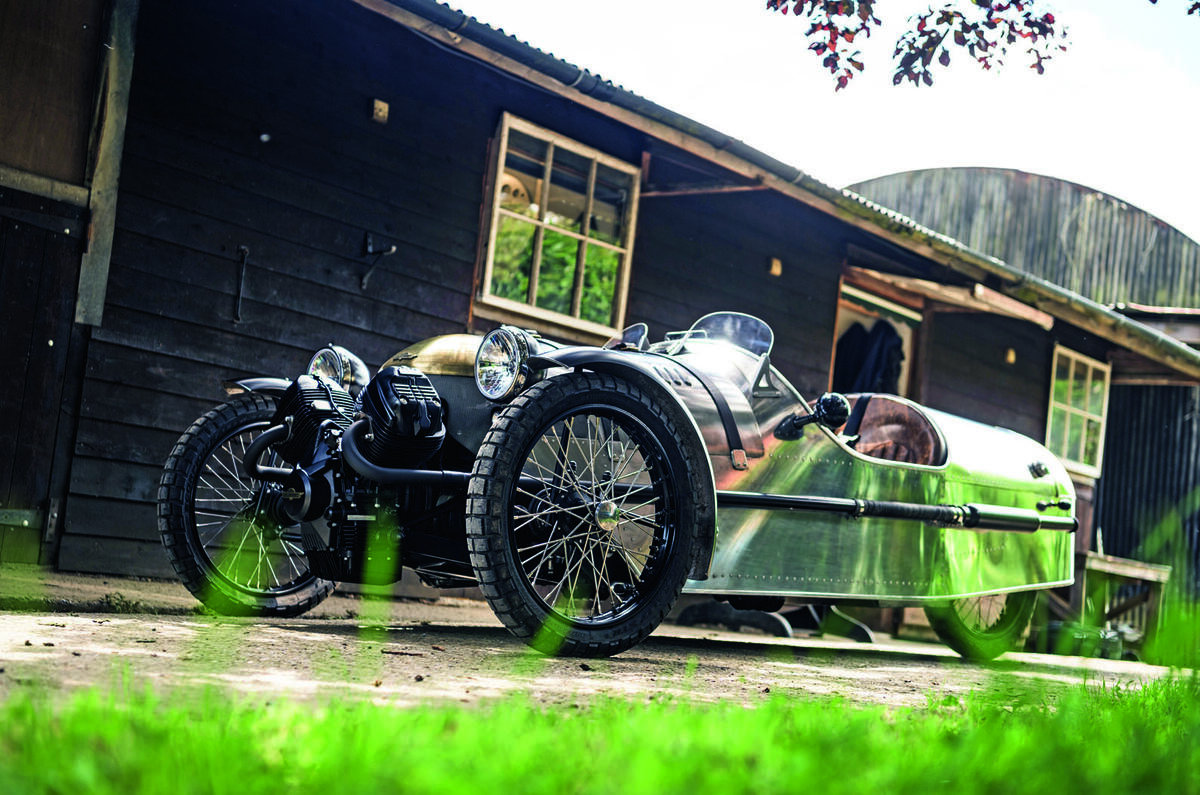
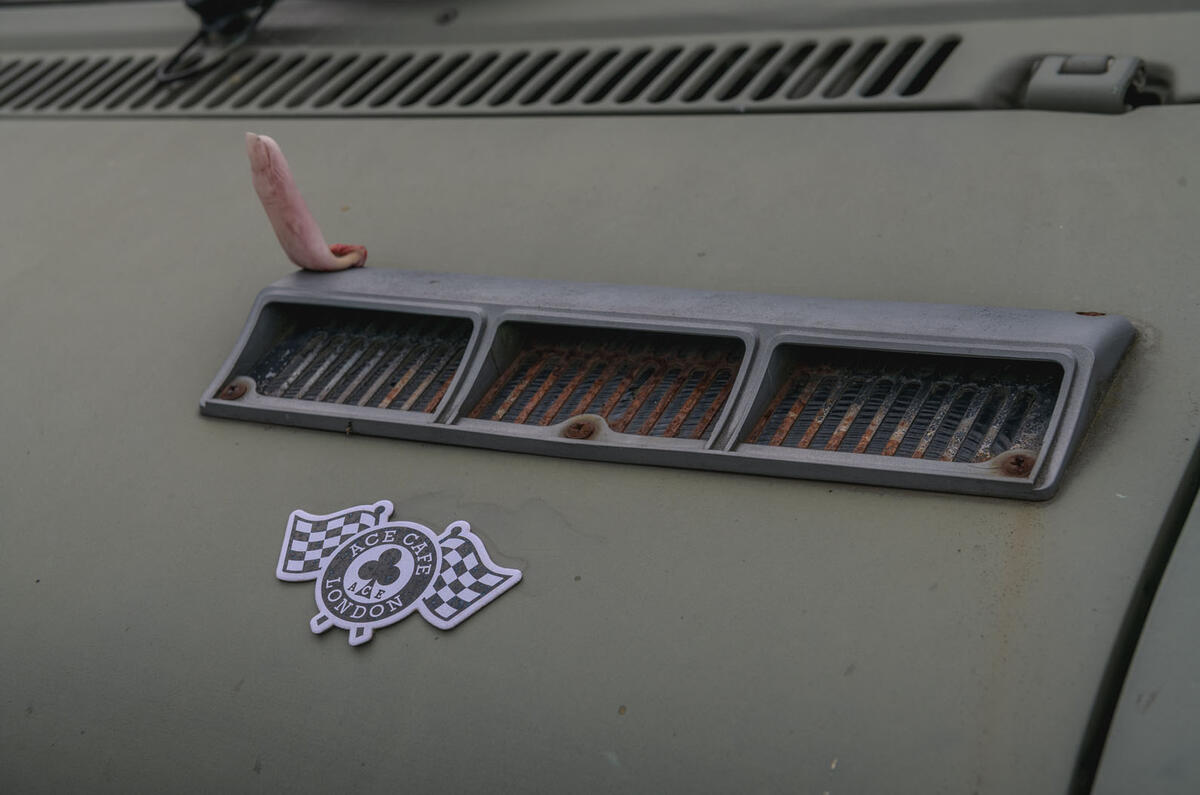
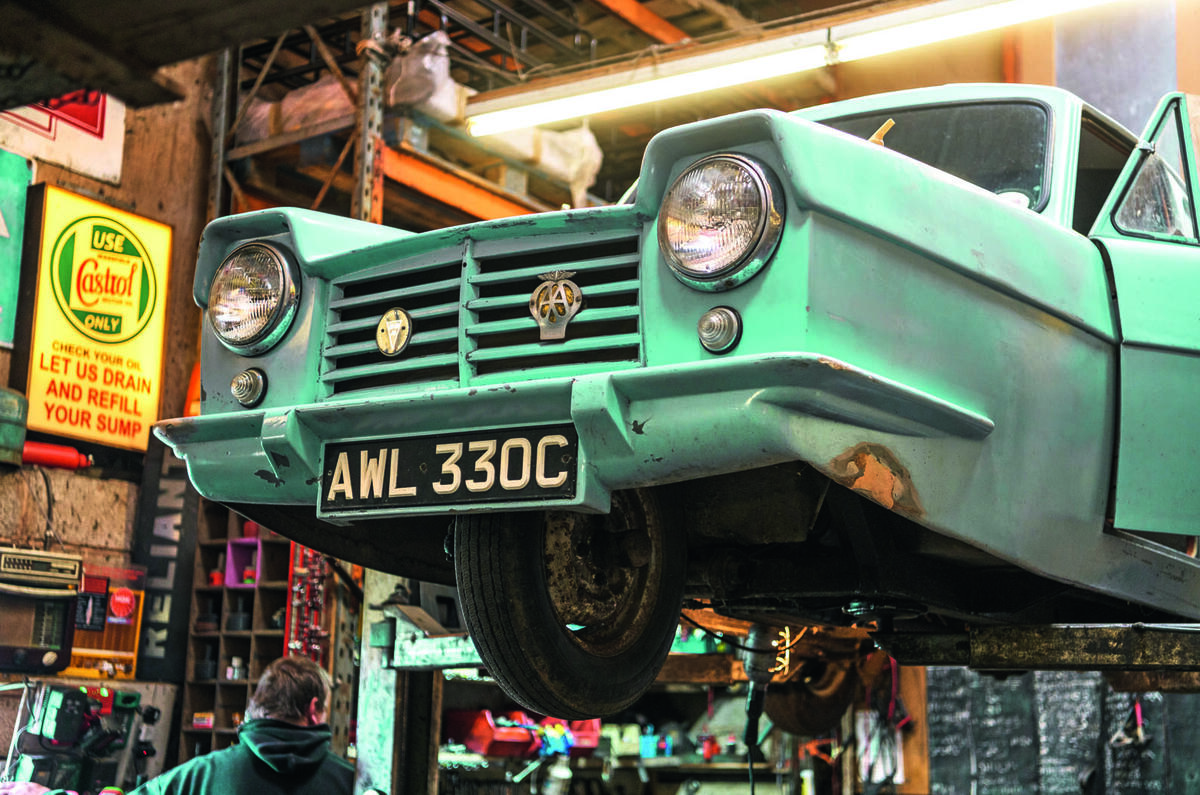
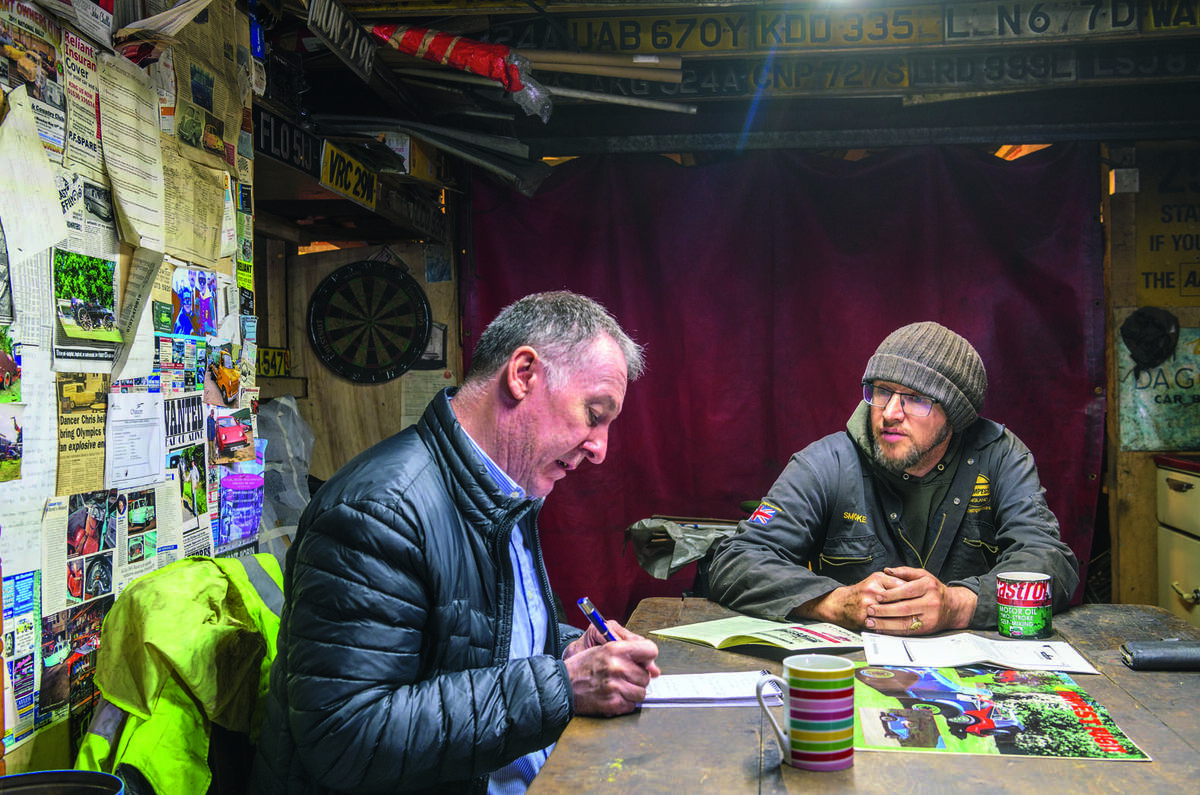

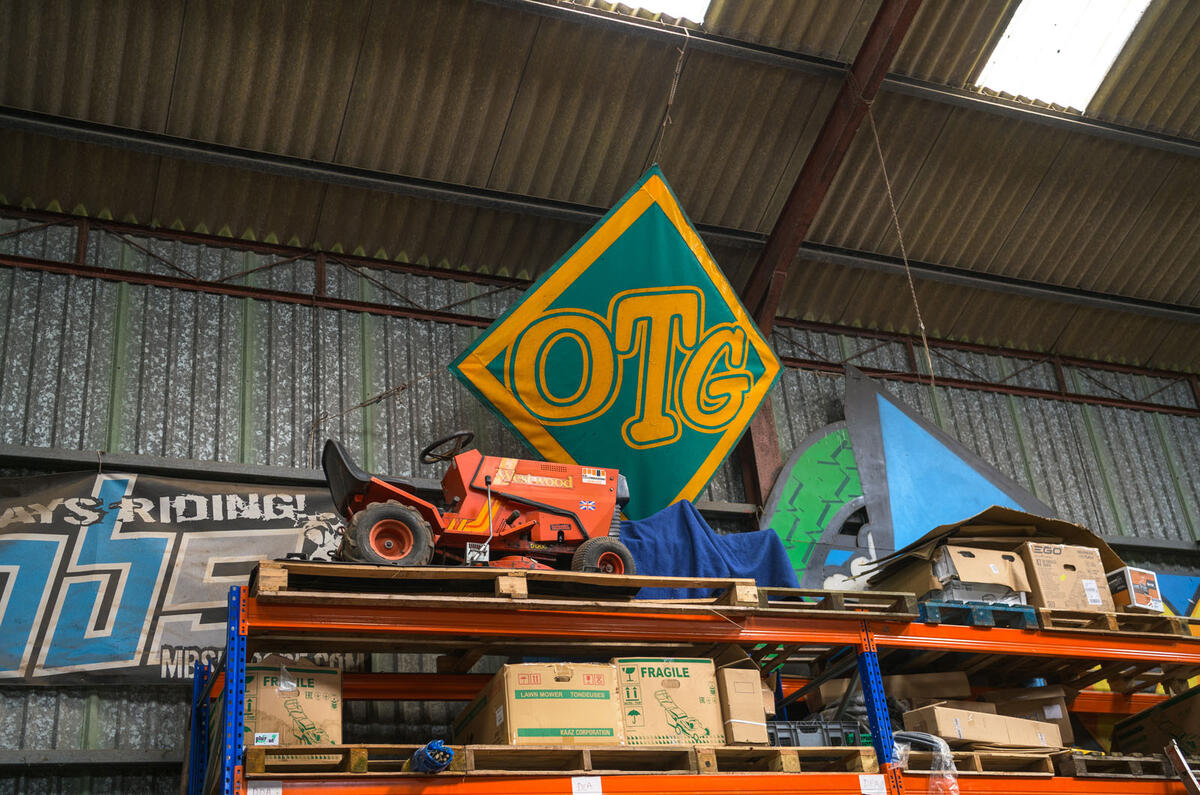


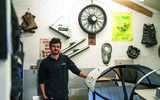

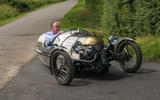

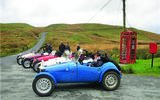

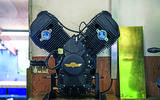

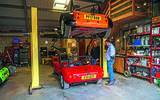
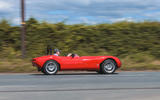




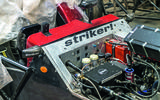
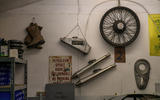
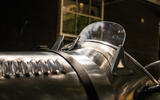

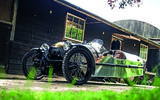

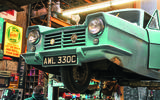
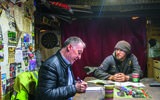
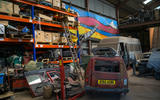
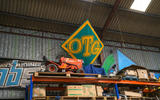


Join the debate
Add your comment
Independent Raipur escorts service don't worry Cheap rate our Russian Call girls are one of the top class 100% Risk Free escort services in Raipur Hotels.
Am currently fantasizing
Am currently fantasizing about a Striker powered by the other guy's CBX. Only 1047cc and 105 bhp but in that car you really don't need more and it's absolutely one of the best sounding engines of all time. Check out the video on Youtube called "Honda 1000 CBX Sound".
Love all these wonderful cars
Love all these wonderful cars! I need to look more into this scene. I love small powered and light cars. Something very pure about them compared to new cars with so much power and grip